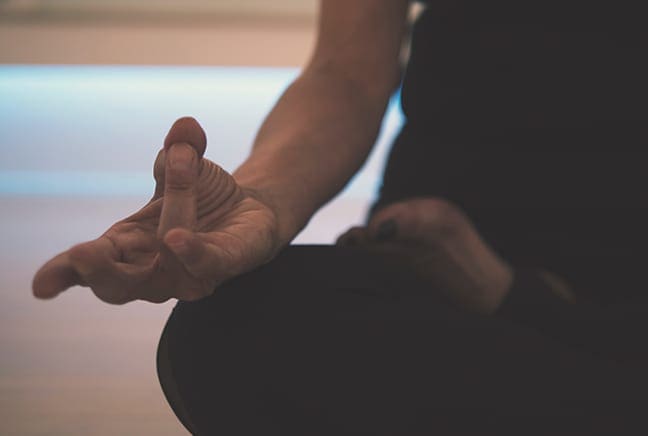Recent years have seen the steady increase in popularity for Yoga and Pilates but what are the differences and which should we be following to benefit us more?
Yoga is a 5000 year old practice originating from South East Asia. Its intention is to unite mind, body and soul through a series of stretching, strength moves, breathing and meditation. It is more than just a workout with a whole mantra to follow often linked to or compared with Buddha type morals. Its teachings embrace tolerance, abstinence from violence, lying and cheating and it is often these values that draw its subjects to it rather than the physical benefits of practising Yoga. Modern Yoga is based on the teachings of thousands of years of instruction but Westerners most typically practice variations of Hatha Yoga with specific breathing techniques – although recent years have also seen a large rise in the popularity of Bikram Yoga which uses high levels of humidity to intensify results. Not for the faint hearted!
Where Yoga is a wise old owl, Pilates is its hip younger sibling! A much newer trend, Joseph Pilates developed this method of toning and stretching in the early 1900’s to interestingly rehabilitate World War 1 soldiers. The routines combine low-impact flexibility and core strengthening exercises utilising body weight and calisthenic training.
Despite their differences historically, their movements and idealisms overlap in many ways. Both have successfully been used to treat several injuries and aid an assortment of syndromes including but not limited to strokes, drug abuse, anxiety and joint injuries – showing the practices to not only benefit the body but also the mind and spirit.
Used in conjunction, yoga is particularly helpful for restoring health emotionally and mentally whereas Pilates tends to be used more widely for physical rehabilitation.
And with good reason – it has been shown to improve upper body and core muscle endurance and flexibility, while yoga can improve mental and emotional health by calming the sympathetic nervous system(which controls stress levels) and the hypothalamo-pituitary-adrenal axis (which regulates hormone levels). But that’s not all yoga does. One study found yoga lowered BMI and improved endurance and flexibility in school children with asthma, though there is still some debate as to whether yoga is a good substitute for more traditional forms of exercise.
So if you are looking for a gentle way to tone or lower your BMI or you need a little support with emotional or mental stress, we would suggest looking into local groups which offer specialist Yoga and or Pilates sessions. It seems only logical to us to combine these practices, rather than choosing between them, to extend the benefit to your body and wellbeing by adopting methods from both regimens.
Here’s to becoming mentally and emotionally balanced, toned and flexible!
The Slimming Clinic can help you achieve your weight loss goals safely and effectively. The Slimming Clinic operate 27 clinics nationwide, specializing in medical weight loss and cosmetic treatments.
To book a free consultation at one of our clinics, please click https://theslimmingclinic.com/contact-us/book-appointment/
For more information about losing weight with The Slimming Clinic, please click here.

